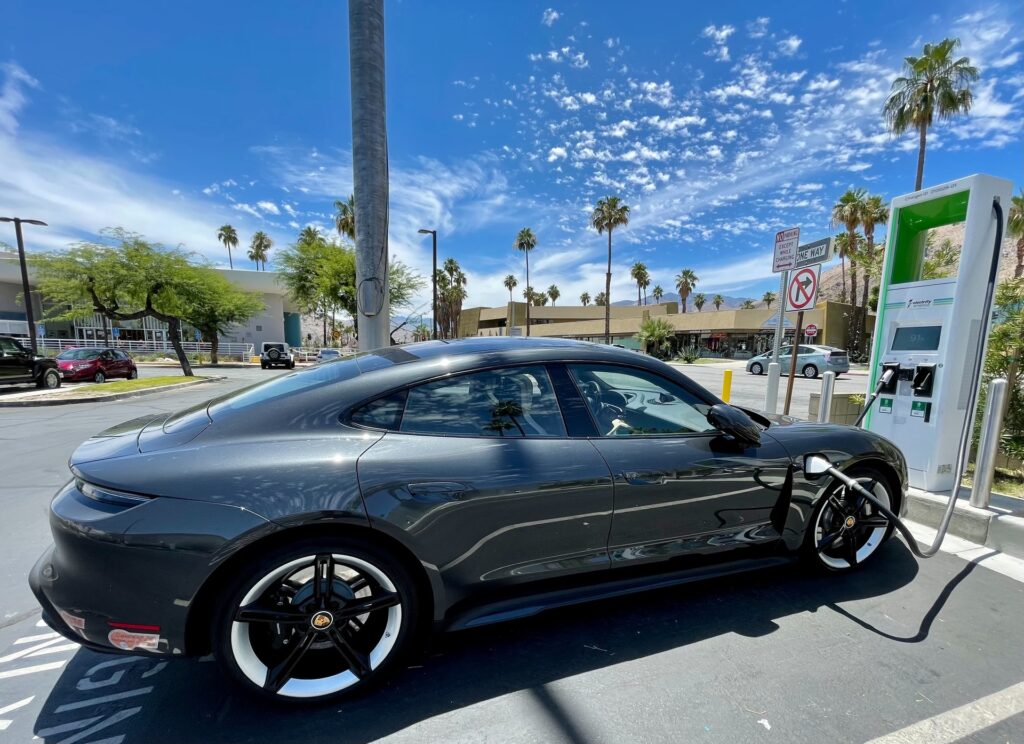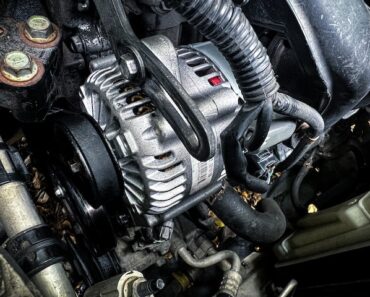Most people that own electric vehicles were attracted by its zero-emission operation. They also love the instant torque that allows them to accelerate rapidly and leave other cars behind, in addition to the quiet and smooth rides. However, many people find out about some hidden costs of owning electric vehicles, and by then, there is no going back.
In this article, we help you avoid being surprised by charges by listing the hidden costs nobody will tell you about.

Electric vehicles cost more than ICEs
While this is not so well-hidden, the higher costs of electric vehicles are not publicized, and many potential buyers are shocked upon reading the sticker price. To put this in perspective, the gas-powered Hyundai Kona costs around $21,500, while the electric version costs $38,330!
The higher cost is due to the battery, the most expensive component in an EV.
Another hidden cost of owning an electric car is that EVs with really good driving ranges cost significantly more. If you want a range above 300 miles, you must be ready to pay for it.
However, the good news is that battery prices are crashing as EV makers get better at producing or sourcing for them. So, this hidden cost won’t last forever.
Charging could cost you money!
Most people charge their EVs at home because it is the most convenient method. However, to charge fast and conveniently, you need to own your own charging station. These chargers cost money, and the really good ones with more features cost more. You also have to pay for the installation because it will require the services of a professional or extra site preparation, which can add significantly to the cost, based on the conditions where you want to install it.
If you decide to charge in public or are forced to do so because you do not have off-street parking, it will cost you even more because the third party running the stations has to make a profit. For example, California residents might pay about 40 cents per kWh for public fast charging.
That’s not because you will charge more when the weather is cold, meaning you pay more whether you charge at home or in public. This is due to the effect of cold temperature on the battery chemistry, causing longer charging times and less driving range. But you probably not learn this from anybody until you buy your own EV.
Lower resale value and higher insurance premium
Electric cars do not retain their value like their counterpart ICE. This means if you plan to sell off your old car to make some money towards buying another car, you will be at a disadvantage. This is another hidden cost. Again, the culprit is the battery, and here is why: batteries degrade with time (and excess use of fast DC chargers). Some buyers, however, tie the value of the old car to how much the battery has degraded because it determines how many miles they can get without replacing the battery.
Even before getting to the point of disposing of your electric car, you would have discovered that EVs attract higher premiums as a hidden cost. The extra charge is because electric vehicles cost more. Also, even though electric cars do not break down as much as their ICE counterpart, the few times you have to repair them are significant hidden costs. For example, if you need to replace the battery out of warranty, you must be ready to part with lots of money. A Finish Tesla Model S owner decided to blow up his car with explosives when the bill for replacing the battery was too high! Another Tesla owner got landed with a bill of about $20,000 for the same repair, but he was able to get a $5,000 quote from a third party, which was still steep.
Conclusion
Electric cars are fun to drive and not complicated to own and maintain. But it is essential to be aware of the hidden costs of owning one. It is important to note that these costs are not necessarily deal-breakers, but it is nice to be aware of the costs before committing to an electric car.






